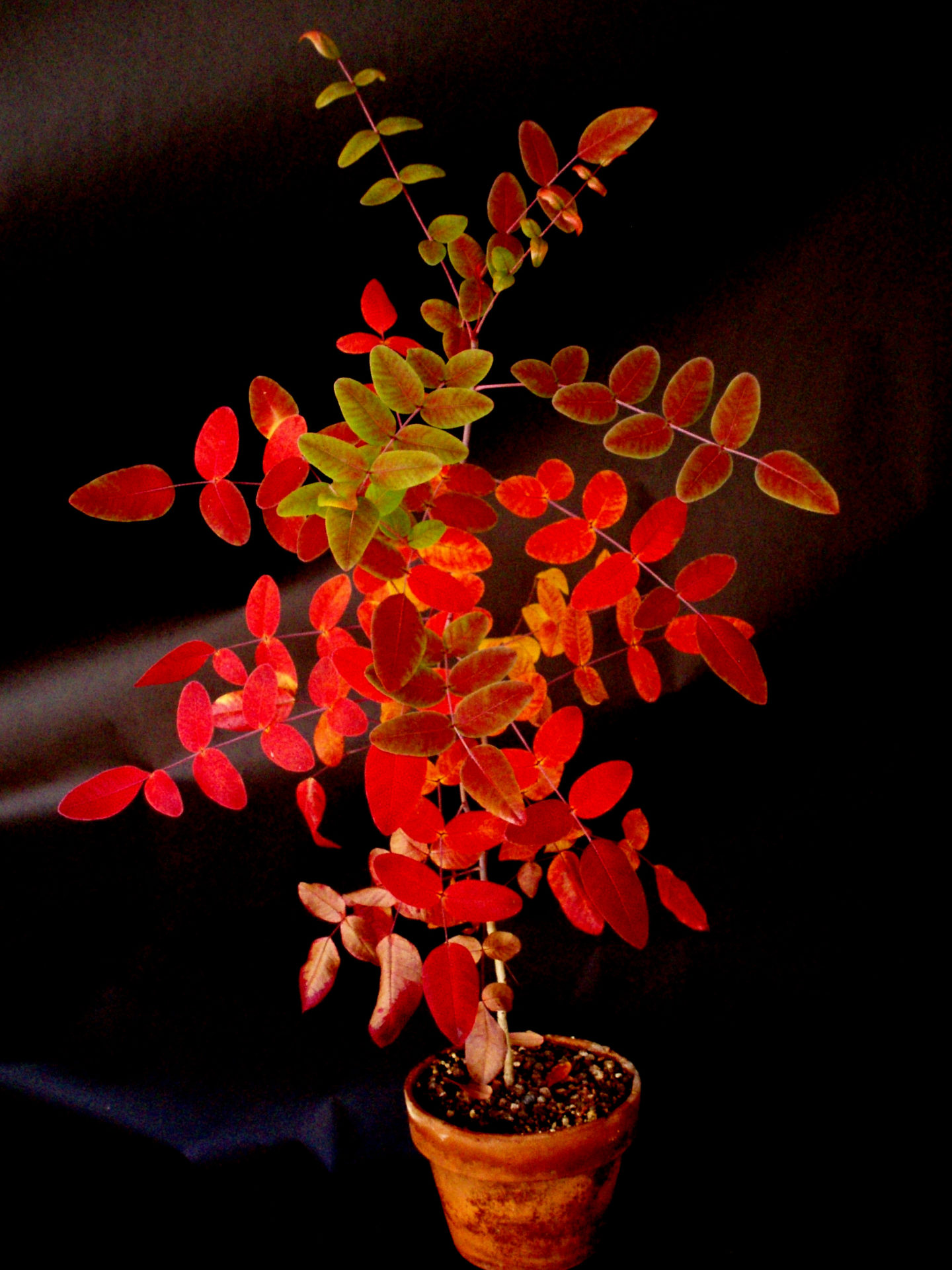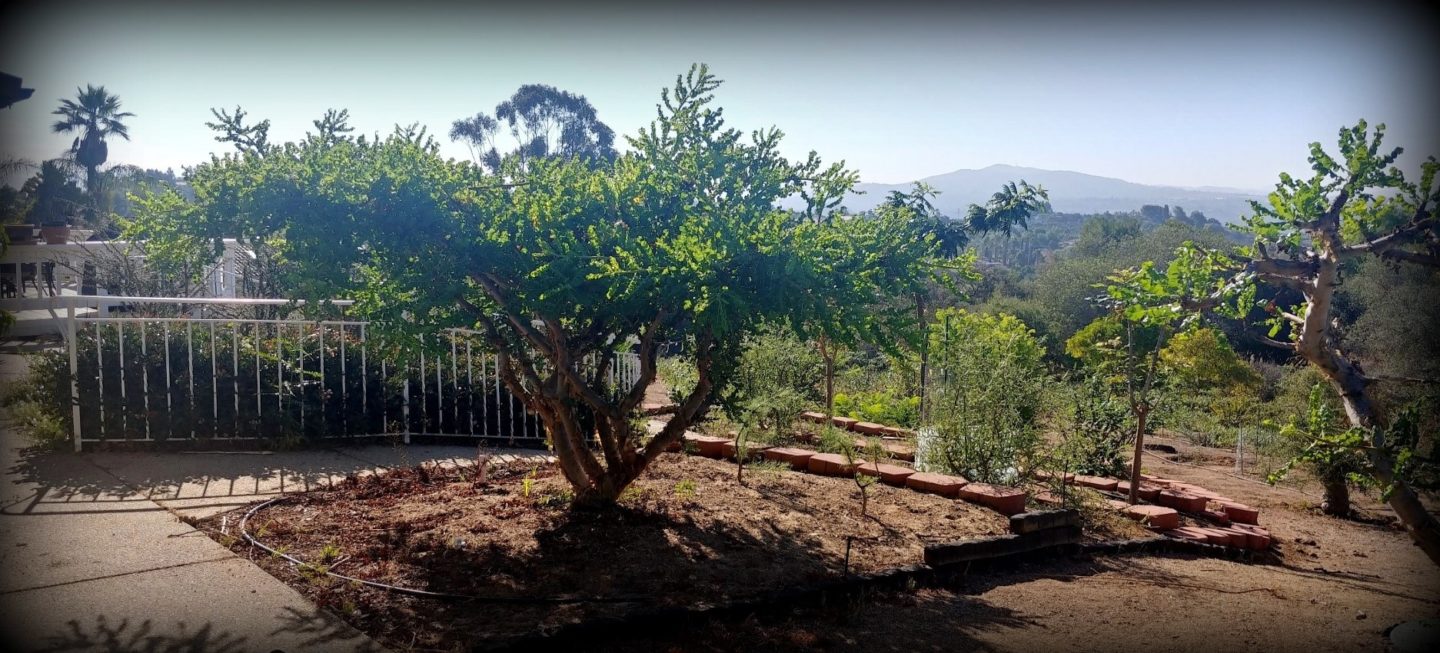A significant amount of research has already been done on the chemical analysis of resin from the various Boswellia species and more is ongoing by private industries, as well as academic communities worldwide. However, to my knowledge, there are very few studies done on the individual or collective compounds showing a direct impact on cancer cell or other chronic diseases in the human body. There are no true long-term clinical studies being done to establish that Boswellia resin in its raw form or in pure essential oils cures or how it improves any disease or illness. We know that the resin contains beneficial compounds and […]
Protecting the Species
Boswellia, Bursera, and Commiphora species are known to occasionally hybridize in their natural habitat, but in recent years many hobbyists and collectors, of these species, have been deliberately hybridizing for a new market, or for self-gratification. In most cases, packing a dozen species from the same genus in one place, will cross breed through multiple means producing seedlings with no data These conditions have become disconcerting due to the uncontrolled distribution of these hybrids to other collectors, botanical gardens, and nurseries resulting in contaminating the gene pool of the true species in cultivation In the distant past we offered a […]
Frankincense Revisited, Part II
Introduction: Frankincense has been a valued commodity for millennia, prized for its pleasant scent and burnt as an offering to the gods of many different religions. From Ancient Egypt to Judaism, from the Roman Empire to the modern Catholic Church, but also in China, Japan, and India, frankincense was and is a traditional incense material and is also used as a natural remedy for various ailments [1 – 4]. The material is a gum resin sourced from the genus Boswellia and traded as such in various quality grades as well as in form of the distilled essential oil. In part […]
Farming for Frankincense
Many have attempted to farm several species of Boswellia and while the results have varied, none have resulted in a feasible grove for the commercial production of resin that can remotely compete with the wild collection. While the nature of Boswellia is to exudate resin whenever the tree is cut, the complex issue is the profound difference between the resin coming from cultivated trees vs. wild trees in their natural habitat. It is the cultivated trees, agriculturally grown Boswellia, that show its complex culture demanding a new science of agriculture unlike any other crop. The deficiency in cultivated trees includes […]



